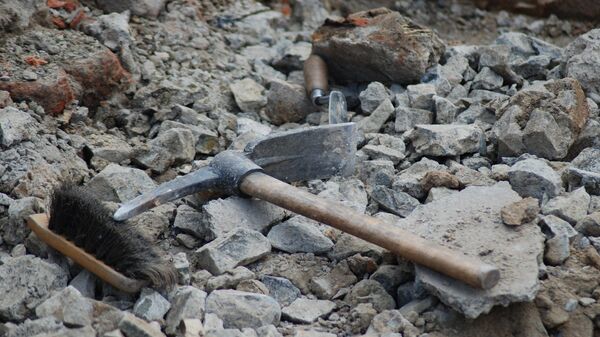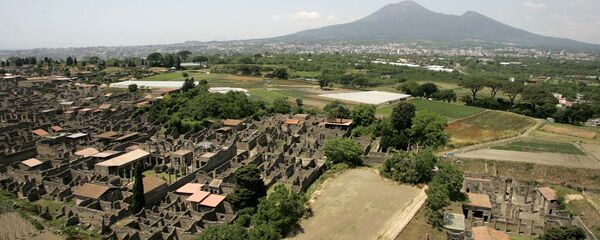Two teams of scientists from the University of Cambridge in the UK and Ghent University in Belgium have discovered an ancient Roman temple hidden underground without any digging. According to the study, published on 9 June in the journal Antiquity, the archaeologists used ground-penetrating radar (GPR) that allowed the researchers to scan vast regions beneath the surface. The GPR grid was attached to a quad bike, which towed it over the site. Scientists say that GPR will revolutionise the way archaeologists examine ancient sites.
"This is a technique where, with a little bit of planning, you can gather fantastic quality data over a whole city. This took one person about three to four months in the field", said Martin Millett, a professor of classical archaeology at the University of Cambridge in England and co-author of the study.
Ground-penetrating radar survey: a new way to do archaeology. Roman city Falerii Novi mapped in detail without any digging. https://t.co/MGnu0u4Szn pic.twitter.com/wyJNofRDvE
— RobertLufkinMD (@robertlufkinmd) June 9, 2020
Ground-penetrating radar not only helped the scientists discover the temple, located in present-day Italy, but also map the entire town of Falerii Novi, where it is located, with remarkable detail. The high-resolution radar scans show shops, a theatre, market, baths, and even a unique water pipe system.
The scientists say that typically Roman towns and cities have a network with pipes running parallel to the streets, which is a sign that they were installed during last stage of construction. Water pipes in Falerii Novi run diagonally across it, which means they were installed before the town’s construction began. Professor Millett notes that this unique provides new insight into how the Romans did their urban planning.
Millet hopes to use GPR at other ancient sites. "It is exciting and now realistic to imagine GPR being used to survey a major city such as Miletus in Turkey, Nicopolis in Greece or Cyrene in Libya. We still have so much to learn about Roman urban life and this technology should open up unprecedented opportunities for decades to come”, Millett said.




